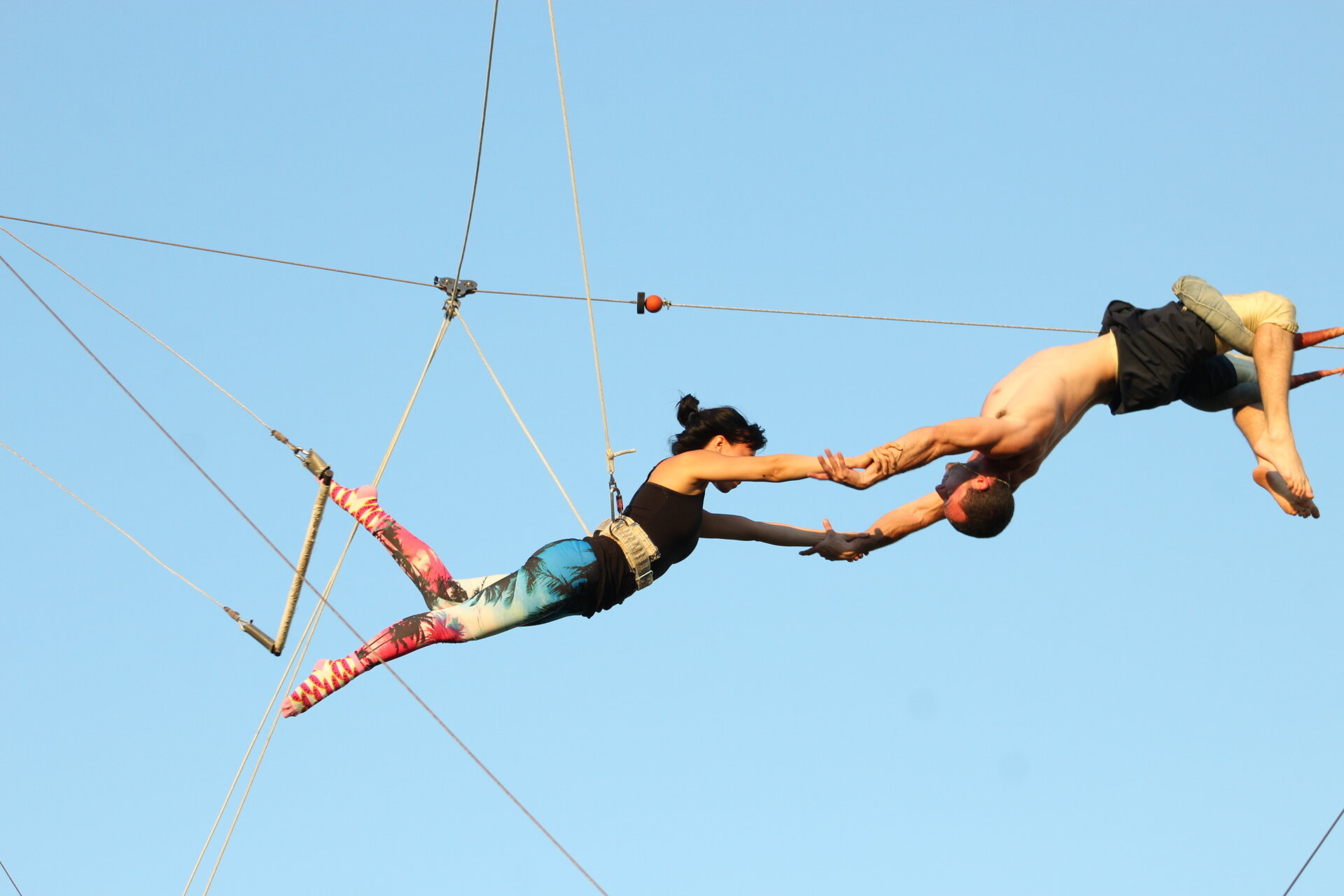During a recent talk I gave on self-teaching in tech, I shared my 4 "Maxims" for teaching and learning. These were the distillation of a career in education. Of the four, the most important was this: You can't learn if you don't feel safe..
But some folks disagreed vehemently.
"Fear is a great teacher," I saw one commenter say. "You have to get used to relying on yourself," said another. A few others were variations on this toss-em-in-the-deep-end reasoning. I'll leave aside the "mystery" of why it's invariably men making these comments. Instead I want to focus on the critical component of learning that these arguments miss, and why even in high-stress, high-risk situations, safety matters.
Learning requires one to take risks. However, without some level of confidence that the attempt can succeed, learners have little incentive to take risks. I believe that, when beginning to learn something, it's best to have a low risk/high reward ratio to build confidence and rapid experience. Small victories build confidence and willingness to take on bigger risks. But this is hardly the whole picture. Rather than a two-dimensional plot, we should consider a three-dimensional array of risk, reward, and support.
Consider the trapeze swinger. To learn this amazing skill, one must take risks. But no sane individual would swing out for their first attempt without a safety net. With that net (and good coaching/partners), the swinger gains the skills and confidence to eventually drop the net. At this point, the support necessary has been internalized as confidence, enabling the trapeze artist to take big risks without external support systems.
But this is the end goal of good instruction, not the beginning. Learners may endure massive risks with little support at the beginning of their journey, but let's not confuse potentially traumatic experiences with positive learning. I would even argue that many experiences that are high-risk and seem to fit the "fear is a great teacher" mold had more support than people remember. Military training is a solid example, in which the constant supervision of the drill instructor not only serves to enforce discipline in the training, but also maintain the safety of recruits. It's a poor DI who lets their trainees get hurt. Experiences like this are high-risk/high-reward, to be sure. But they are also high support when done correctly. It's a big swing, but the learner comes out the other side with a massive boost of confidence to take greater risks, which is kind of the point.
A skeptic of this theory might bring up something like BUD/S, the training program for Navy SEALs and SWCC operators, a notoriously challenging experience with a high failure rate. "Where's the support THERE?" one might ask. I would remind this individual that no sailor enters this program until repeatedly demonstrating excellence in other venues. By the time a candidate enters this program, a good deal of the support required is internal to the learner. Over time, the external safety net can drop away.
I came up with "You can't learn if you don't feel safe" while working at a school for students entering and exiting the juvenile justice system. This experience was formative for me as an educator. I still deeply believe in the tenets of the restorative justice model employed there. More importantly, I learned so much about the situations in which students can and can't internalize knowledge. Regardless of their record; there were no "bad" kids at this school. There were some very hurt kids; there were some sick kids who needed mental health interventions; and there were some kids who were too clever by half and could not figure out how to play the "game" of school that they saw (correctly) as utterly absurd.
Those experiences are a whole book themselves. For now, I'll distill them into the truth that only once these kids felt they were in a place that supported and trusted them, and that they had a handle on whatever else was going on in their lives, could they successfully learn. Every participation in something that felt like school was a risk for them, since it was school—partially, anyhow—that had landed them in their current situation.
Once they were able to overcome their own demons, trust us, and find something that sparked their curiosity, these students were more than willing to take risks and discover new worlds of knowledge. But the instant something went awry in that risk/reward/support matrix, in all fell apart. We worked very hard to maintain that equilibrium.
Hence "safe" contains the complexity of this risk/reward/support dynamic; it represents the balance of these concerns in order to create an environment where a learner can internalize new information. Good teachers must be mindful of this balance, or risk alienating learners.
And so must you, autodidact. When beginning to learn a new skill or concept, external support may be necessary. At any rate, you need to feel supported, whether by your own experiences or external forces. With that support, you can then take bigger and bigger risks on your learning journey.
